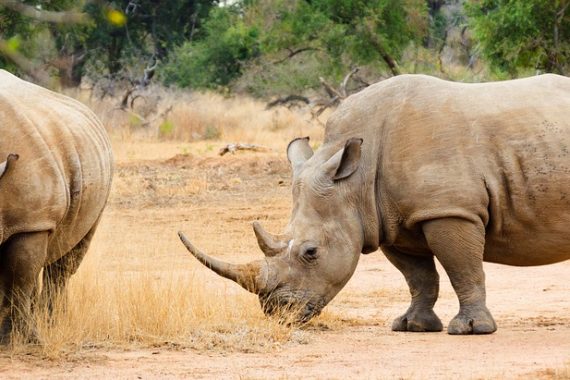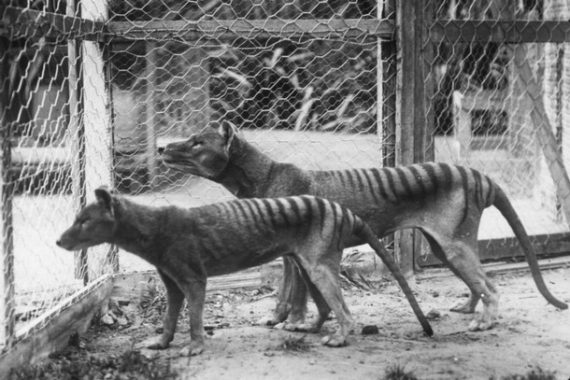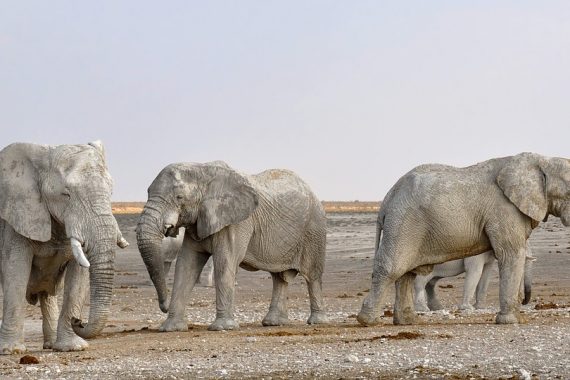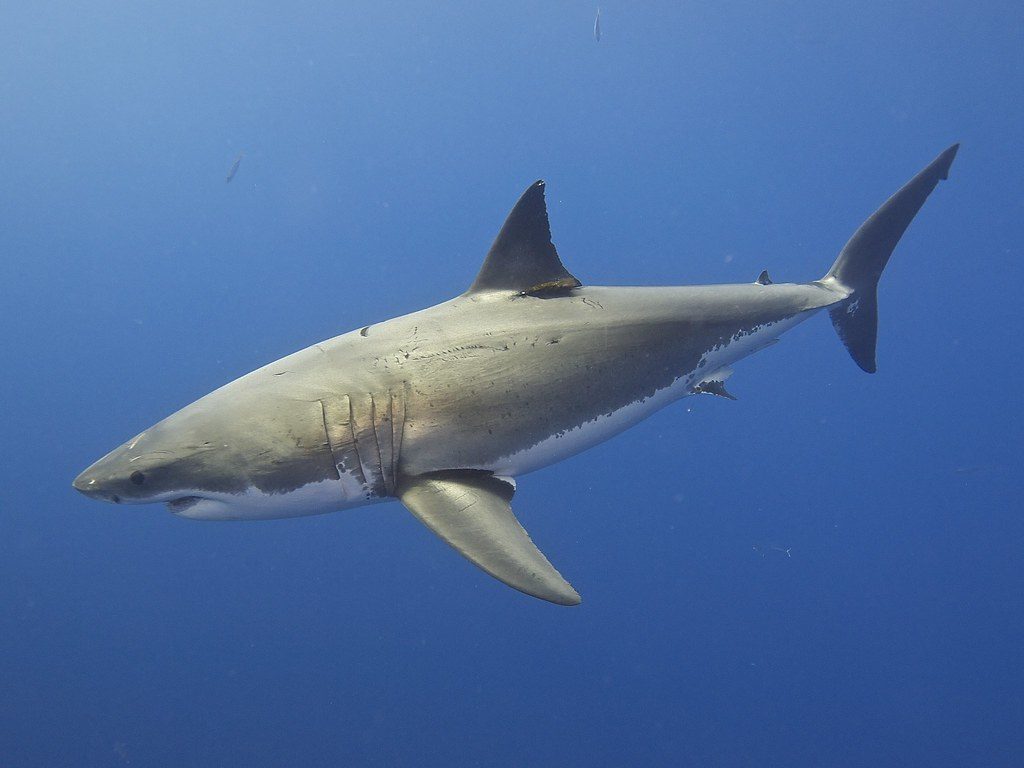 By far the most iconic fish, the Great White Shark was made a legend by the movie Jaws. Yet, it was a play on the strongest human emotion, fear, that made this creature on of the most infamous of modern time. This week we jump into it with Great Whites and put to rest their fearsome reputation. This largest predatory fish has some incredible history and physiology, and this episode is not one to miss.
By far the most iconic fish, the Great White Shark was made a legend by the movie Jaws. Yet, it was a play on the strongest human emotion, fear, that made this creature on of the most infamous of modern time. This week we jump into it with Great Whites and put to rest their fearsome reputation. This largest predatory fish has some incredible history and physiology, and this episode is not one to miss.
Great White Shark History
Sharks have one of the longest natural histories of almost any animal species. Their history dates back to over 450 million years ago, a time way before dinosaurs. In fact, there were sharks in our primitive oceans long before we even had trees (385 MYA). Great White’s also belong to the cartilaginous fishes, meaning skeletons are primarily cartilage. The carboniferous period (359 MYA), is known as the “golden age” for sharks, and they were the dominant species in the oceans. Modern shark groups emerged during the Jurassic Period, around 195 MYA.
The Great White (Carcharodon carcharias) is known as a “mackerel” shark, belonging to the Laminidae family. Interestingly enough, it is now through Great Whites are more closely related to the mako shark, rather than Megalodon, the infamous largest shark on record, which lived millions of years ago.
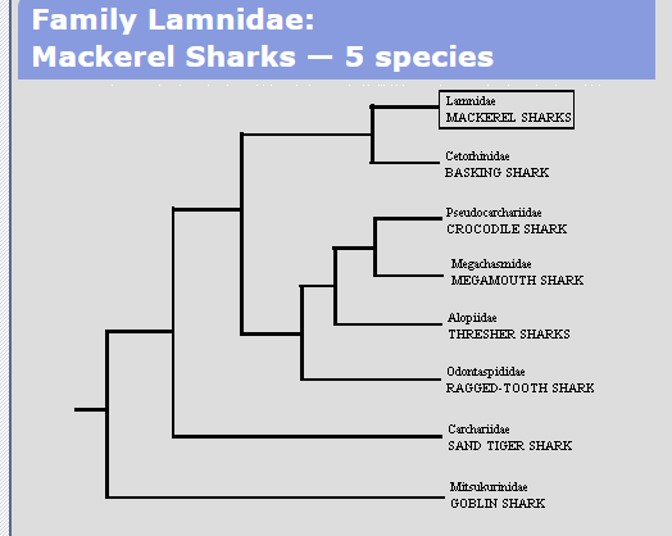
Great White Shark Physiology
Great Whites are believed to live as long as 70 years. One of the most interesting aspects of their physiology is the ampullae of Lorenzini. These are sensing organs called electroreceptors, that are jelly-filled receptors, that allow sharks to sense nearby objects with an electrical field. Great Whites also have a incredible sense of smell, which can detect fish extracts up to one part per 10 billion in the ocean. Furthermore, they can detect blood at one part per million in the ocean. They are able to do this by the two “nares” located on their nose. One nare pulls ocean water in, the other pushes it out. The shark uses both the ampullae and its ability to smell to home in on their prey. Another interesting aspect of Great Whites is when they attack their prey, their roll their eyes into the back of their heads. Thus, they show the “whites of their eyes”.
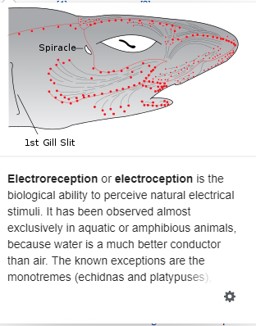
Great White Shark Conservation
Great White Sharks are listed as vulnerable. Like other large animals in our oceans, many pressures such as pollution, hunting, human exploitation and others have led to serious decreases in shark populations around the globe. Yet, while data shows Great White populations are decreasing in some parts of the world, like South Africa. In other parts such as in California, they are increasing due to protections put in place.
Overall, we need to be vigilant as sharks are a critical predator in the oceanic food chain and are an indicator species of ocean health.
Organizations to Support

